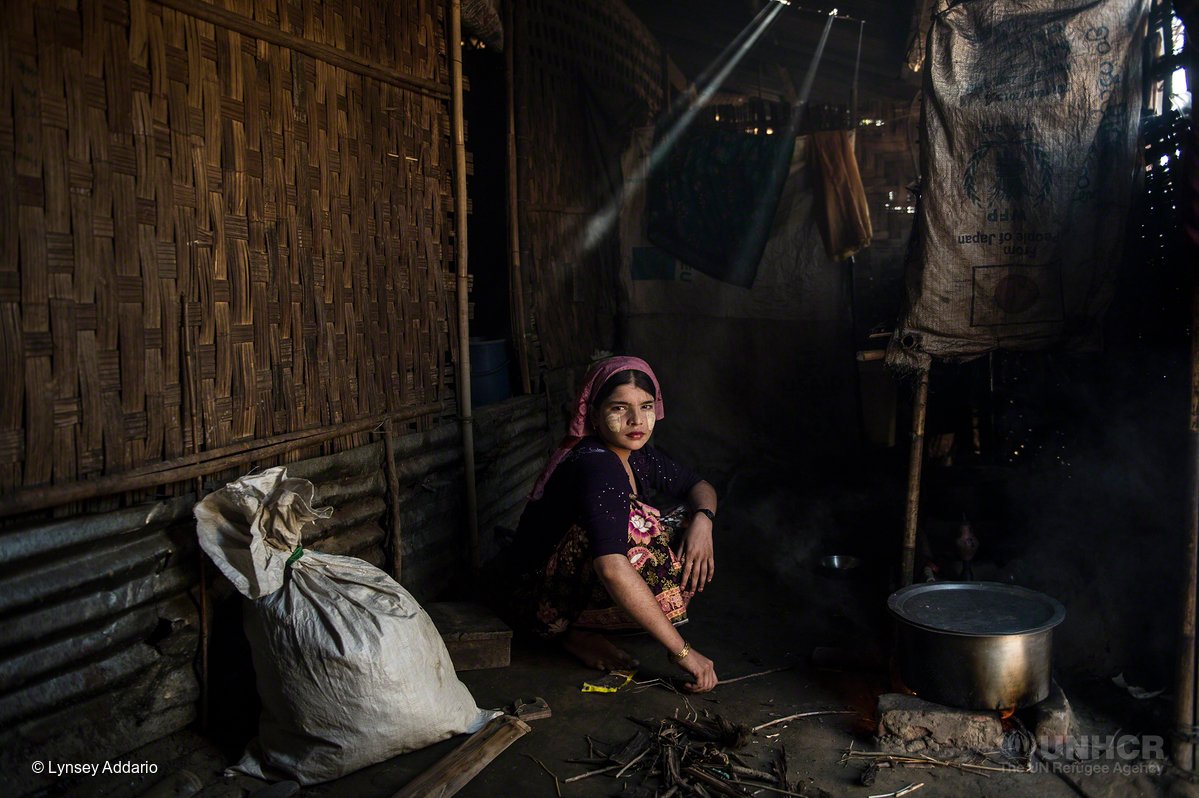Air pollution is deadly. It doesn’t generally cause deaths directly. Instead, it’s an exacerbating factor, contributing to lung diseases like asthma, respiratory infections, and even cancer. In 2012, air pollution was linked to 1 out of every 8 deaths in the world. The impact of air pollution is especially severe among vulnerable individuals like children and the elderly.
A new UNICEF report, Clear the Air for Children, looks at the effects of air pollution on children, and the message is both surprising and grim. The lead statistic is dramatic: air pollution is a major contributing factor in the deaths of 600,000 children every year. Air pollution also harms the cognitive development of children, reduces school attendance, and has a negative economic impact.


There are two types of air pollution, indoor and outdoor. Both are linked to poverty, and are more prevalent in lower and middle income countries. Outdoor air pollution is linked to cars, industrial production, and the burning of coal – either for domestic heating or electricity generation in power plants. It is also caused by burning waste. Indoor air pollution stems primarily from biomass fuels, such as dung, being burned for heating or cooking. Outdoor air pollution is mainly an urban problem, while indoor air pollution tends to be rural. However, overlap does exist. Many children in lower-income countries are often subjected to both kinds of pollution, giving their growing lungs no chance to develop normally.
The report provides a variety of carefully calculated estimates of the health burden of air pollution. Some of the most damning: “…indoor air pollution killed about 4.3 million people and outdoor air pollution killed about 3.7 million in 2012. Focusing on under-5 mortality, the World Health Organization found that approximately 531,000 children under the age of 5 died from household air pollution in 2012, and around 127,000 children under the age of 5 died from outdoor air pollution in 2012.”
Children are especially vulnerable to air pollution because of their specific physiology. “Children’s lungs are still developing, and the inner lining is especially permeable during the early years of life.” Their immune systems are also still developing, making them more vulnerable to respiratory infections such as pneumonia. Their immune systems are also weakened by inhaled ozone. Asthma is one of the most common chronic health conditions among children, and it can be caused or worsened by air pollution. Airborne lead, when inhaled, rapidly deposits itself into children’s growing bones.
This is not a problem that will be easily resolved. Air pollution is actually on track to get worse, not better. The World Health Organization estimates that urban outdoor pollution has increased by about 8 per cent between 2008 and 2013, and that trend is not resolving. Some estimates find that mortality in children under five could increase by up to fifty percent as a result of worsening air pollution. One reason cite by the report for this painful statistic is the unfortunate combination of kids and cars “In the three countries with the highest child populations (India, China and Nigeria), the number of cars is likely to grow considerably in the coming decades, which will be particularly marked in Africa, and substantial too in South Asia.”
The key to reducing air pollution is reducing dependence on fossil fuels. The reports states that one important step will require countries to live up to the COP21 Climate Change Paris Agreement and Nationally Determined Contributions. Climate change, the report reminds us, harms children in a huge number of ways. Air pollution is just one of them. Taking the steps to slow it will have a massive positive effect on all aspects of child health.
What the report doesn’t say
Air pollution isn’t the only global health issue that does most of its damage by making other problems worse. It’s one in a whole set of issues now getting attention, including antibiotic-resistant bacteria and chronic malnutrition. Our increasing capacity for sophisticated data analysis allows us to identify these kinds of factors and quantify the harm they do.
One Sentence Takeaway
Air pollution is a multi-faceted problem that we need to take on because it’s harming our children.
